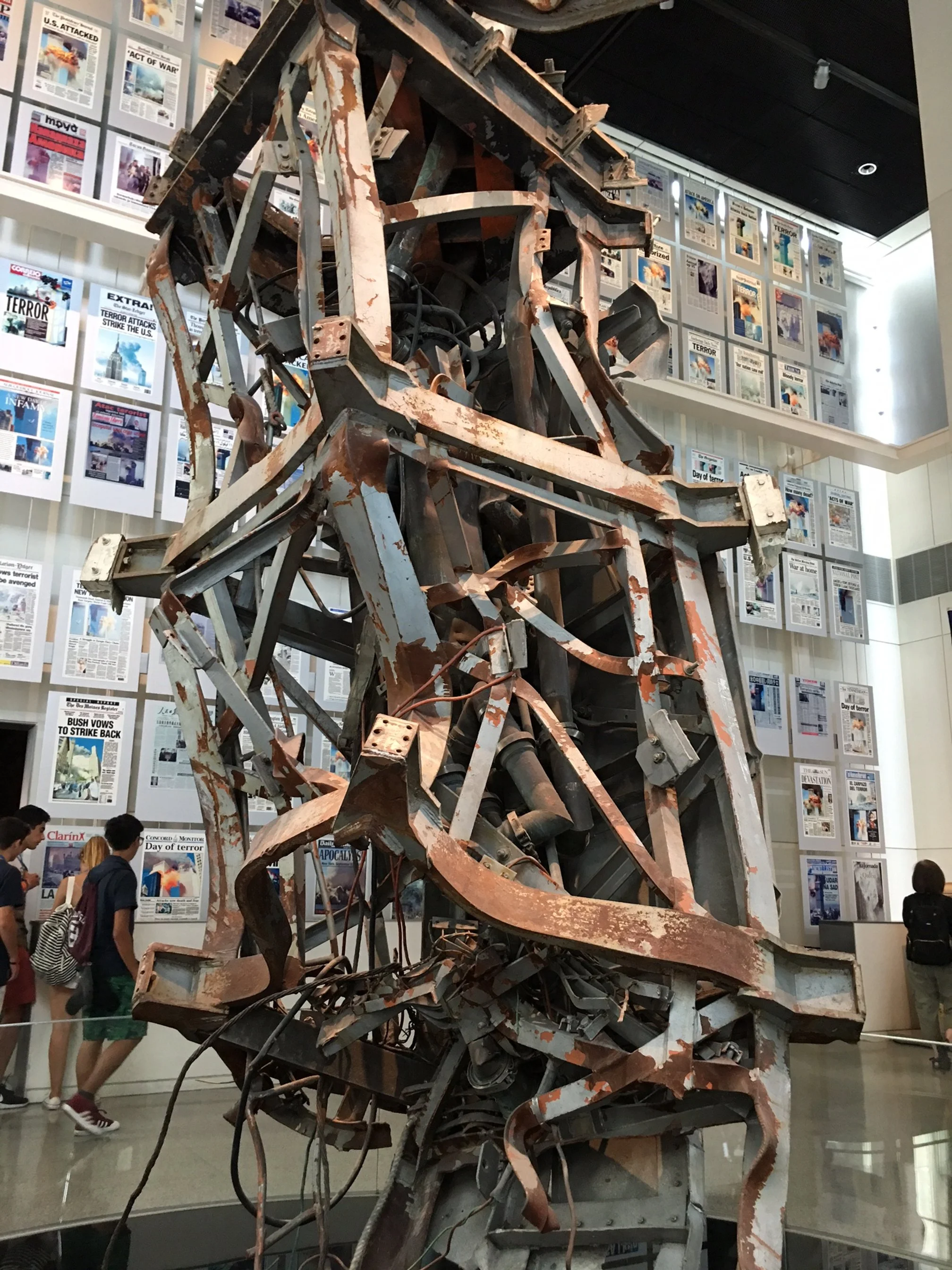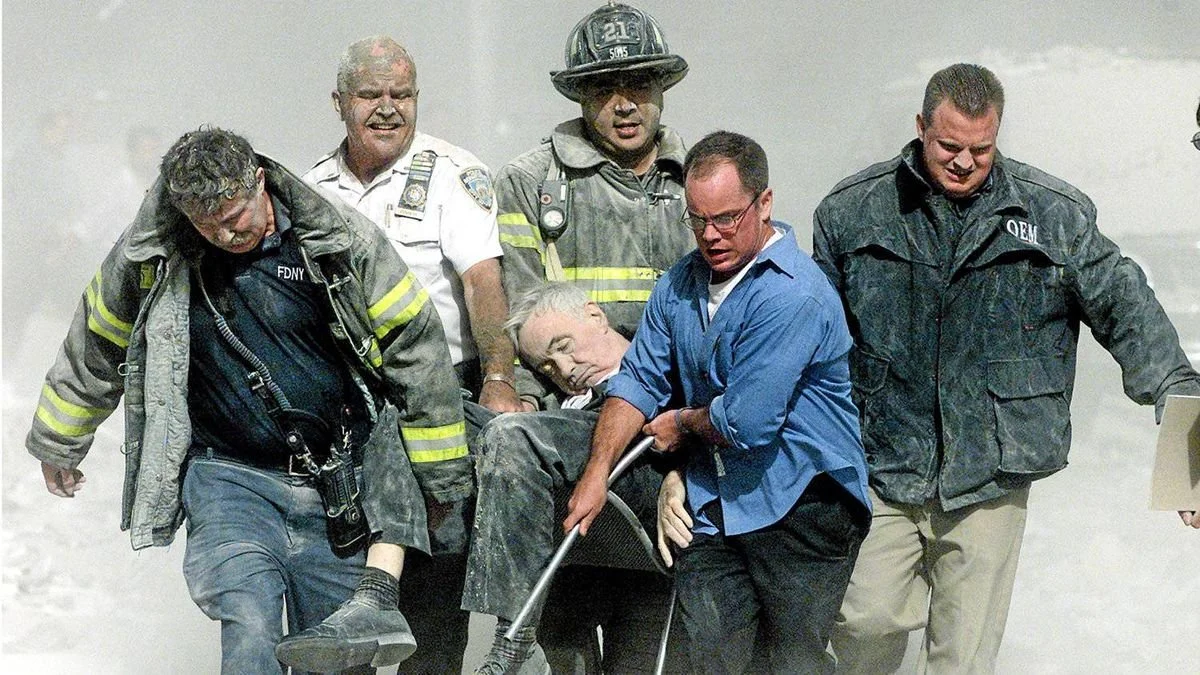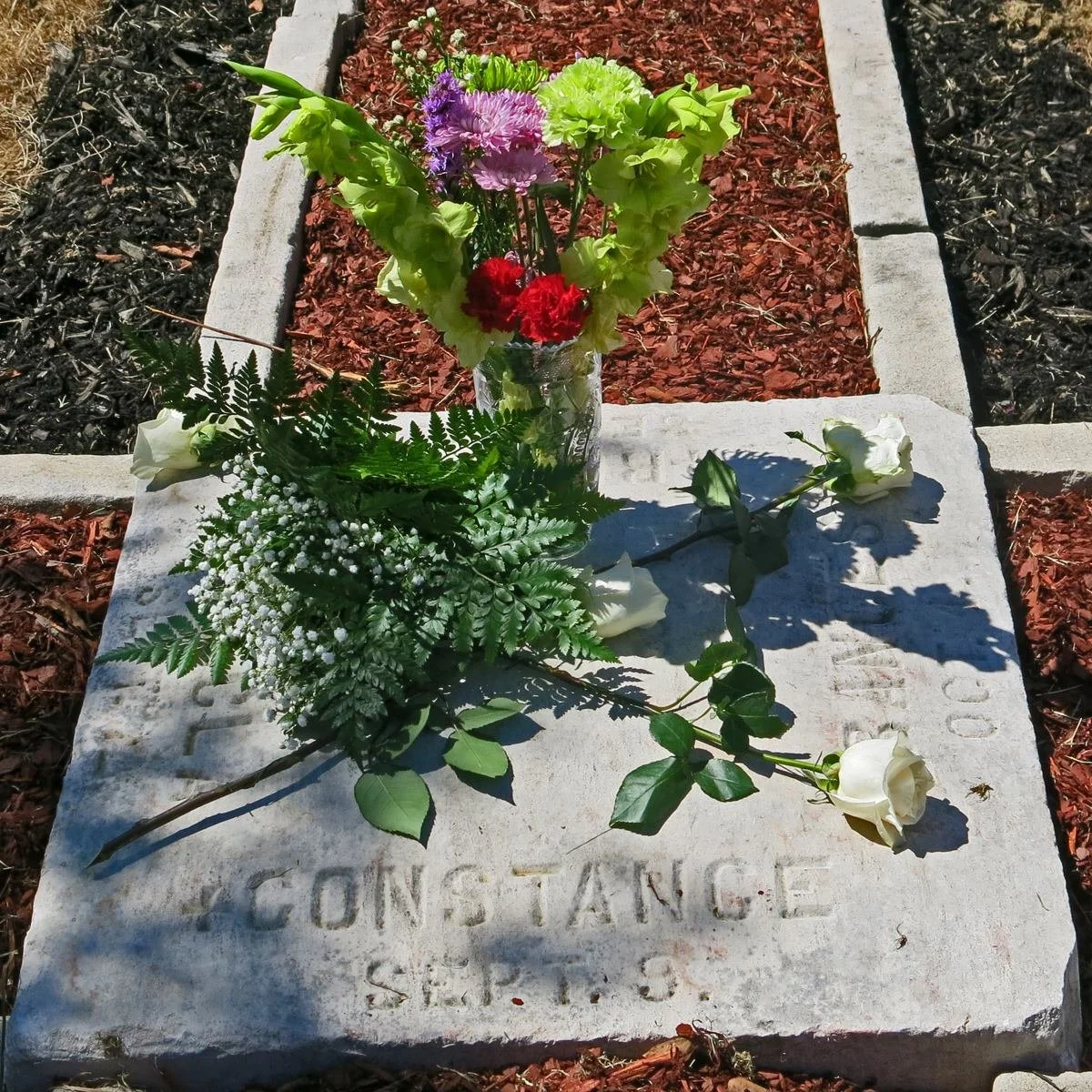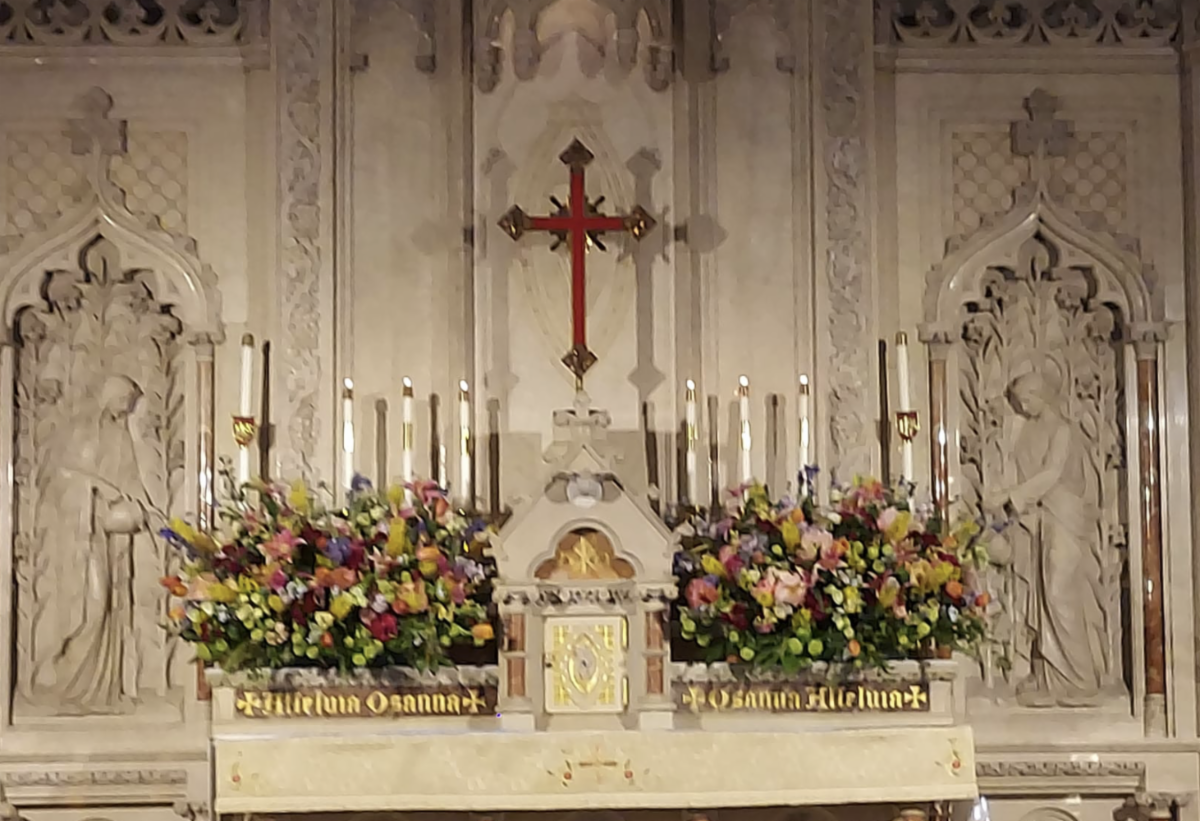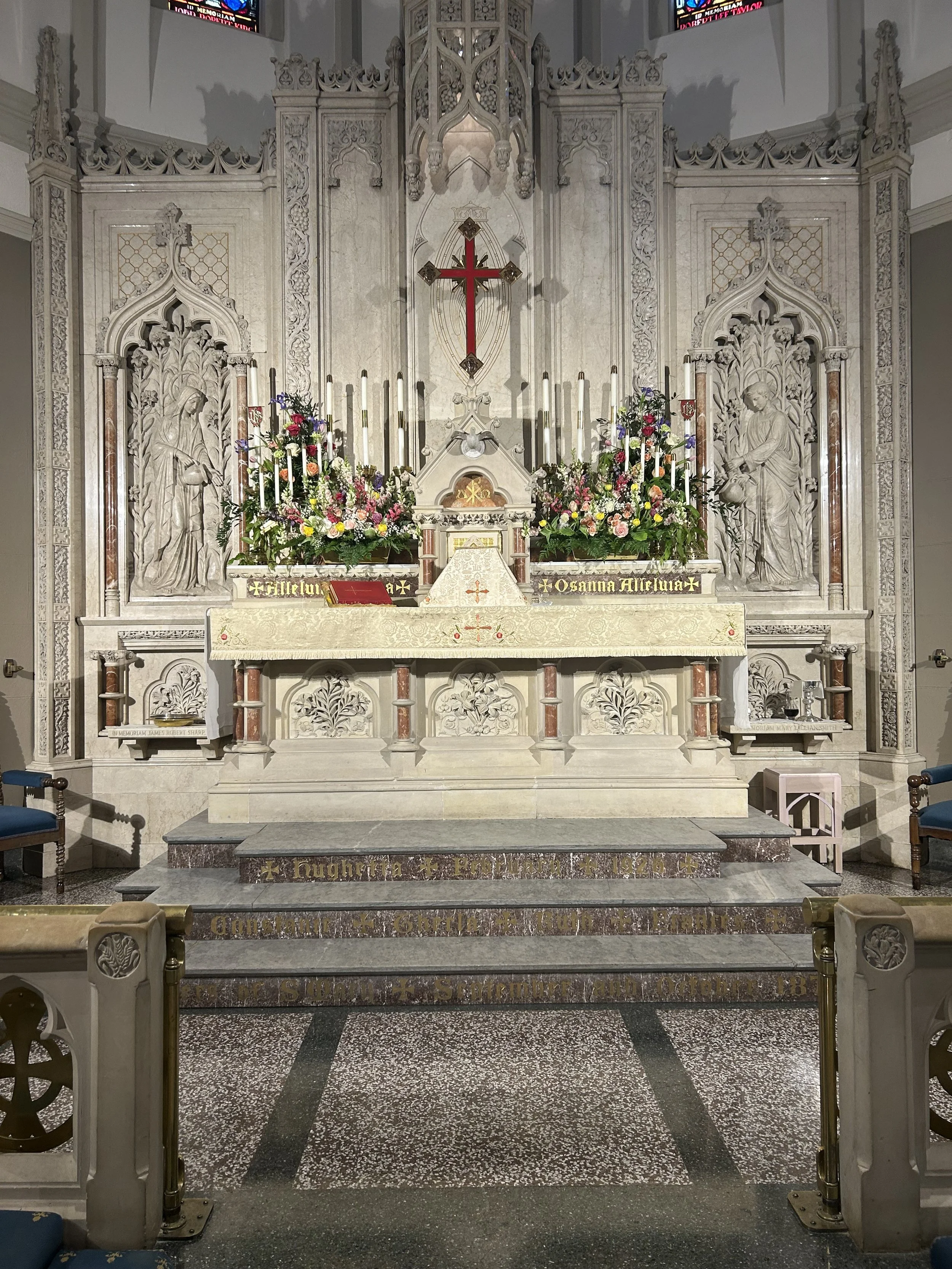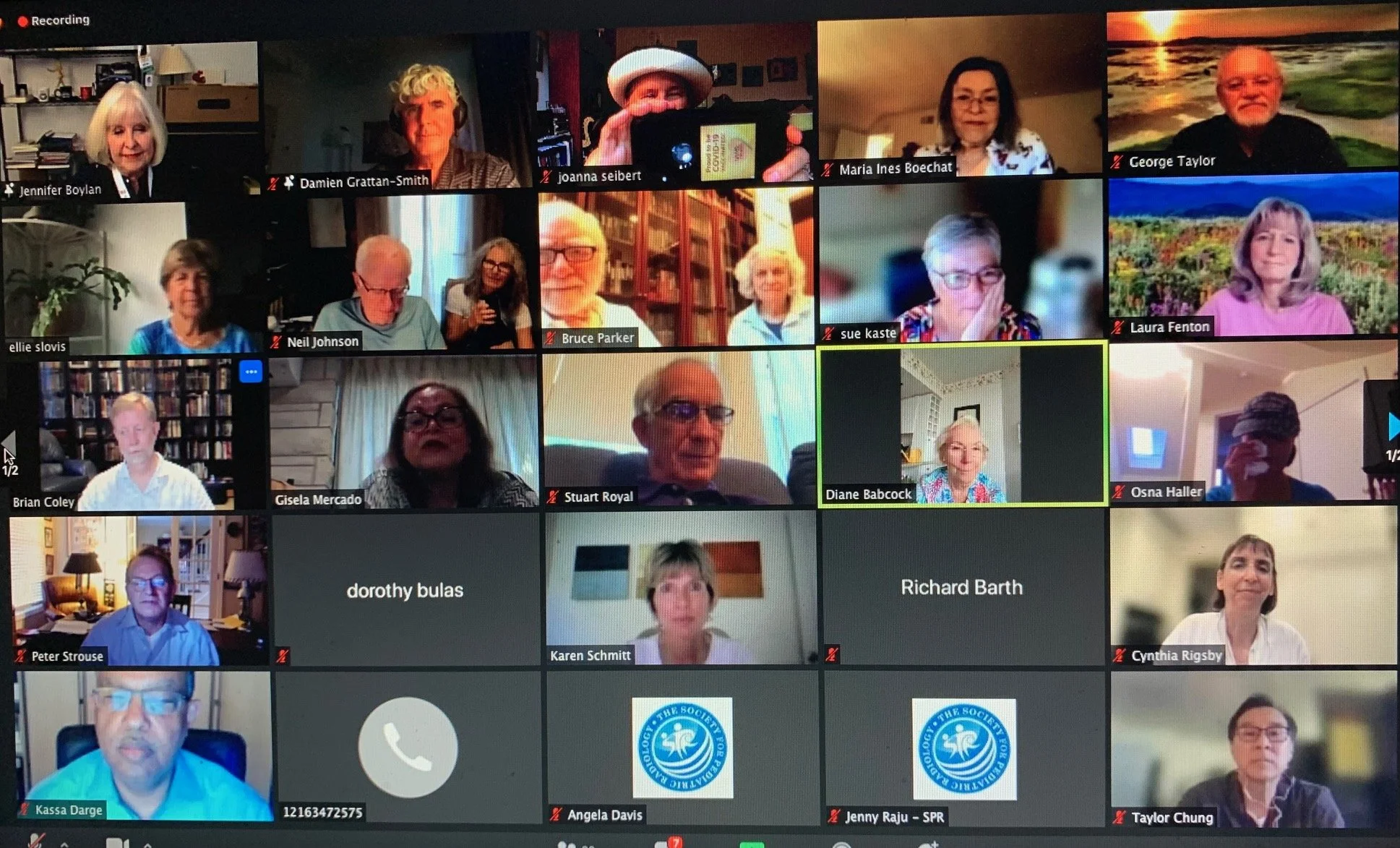Remembering September 11:
Father Mychal’s Prayer
“Lord, take me where you want me to go;
Let me meet who you want me to meet;
Tell me what you want me to say, and
Keep me out of your way. Amen.”—Fr. Mychal Judge, O. F. M., Chaplain, New York Fire Department, World Trade Center Death Certificate Number 1.
This now-famous prayer of Father Mychal Judge, who died at the World Trade Center on 9/11/2001, is continually on my mind today during our country’s moment of silence. We will all pause respectfully as we hear the names read of the almost 3000 people who died that early autumn morning in four coordinated attacks on this country. Flags will be at half-mast.
Mychal Judge, a Franciscan friar and Catholic priest serving as a chaplain to the New York City Fire Department, was unafraid to become part of the messiness of life. After the first attack, he prayed over bodies in the streets and then went into the lobby of the North Tower, which became an emergency command post. He was killed by flying debris when the South Tower collapsed.
Remnants of twin towers Newseum
His biographers say his dying prayer was, “Jesus, please end this right now! God, please end this!” The iconic photograph of five men carrying his body out of the North Tower has been described as an American Pieta, comparing it to another Michael’s statue of Mary holding the dead body of Jesus in St. Peter’s, Rome, or to a lesser-known work of Michelangelo, Deposition with Joseph of Arimathea [with thanks to Barbara Crafton for making this connection].
Father Mychal was also appreciatively remembered as a staunch supporter of LGBT rights and as a sober member of Alcoholics Anonymous for twenty-three years. Another 3000 people attended his funeral. Father Michael Duffy closed his homily at that service with, “We come to bury Myke Judge’s body, but not his spirit. We come to bury his hands but not his good works. We come to bury his heart but not his love. Never his love.”
Perhaps all our prayers are being heard, for tonight at 6 p.m. at Saint Mark’s, Muslims, Jews, Hindus, and Christians will join for an Interfaith Service called Love Their Neighbor.
Michael Daly, Daily News (New York), February 11, 2002.
Shannon Stapleton, September 11, 2001, Photojournalist.
Stephen Todd, Daily Ponderables, September 11, 2017.
“Slain Priest: ‘Bury His Heart, But Not His Love.’” September 8, 2011, NPR morning edition.
Joanna. https://www.joannaseibert.com/

